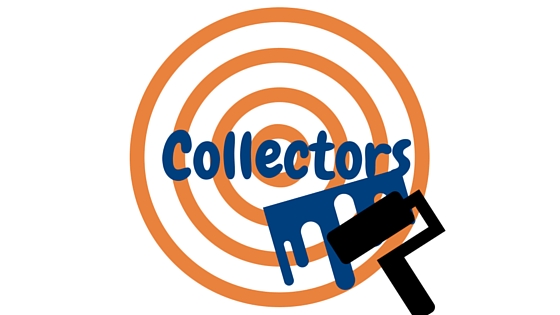A long, but interesting feature was published yesterday about how the proliferation of collectors and creditors filing lawsuits to collect on unpaid debts is unfairly targeting black communities and borrowers.
The article shares a number of personal stories from borrowers in suburbs of St. Louis, which provide context and background to how the lawsuits came to be filed and what happened to them afterwards.
It was a hopeful time in Winfield’s life. The year before, she’d started a new job at a brokerage services firm and had already seen a bump in pay from $12 to $13 an hour. In the fall of 2009, she and her husband, who worked as a janitor, bought the brick bungalow, their first home. She’d managed to pay off her student loans in order to qualify for the mortgage, she said. It was a landmark accomplishment.
But one year later, the minivan payments proved to be too much after all, and the lender, Midwest Acceptance, repossessed the vehicle. She and her husband separated, and she couldn’t afford the mortgage on her own. The couple declared Chapter 13 bankruptcy, a move that at least put off foreclosure. But they defaulted on the bankruptcy plan payments after about five months.
The problems aren’t just being felt by the borrowers. The article profiles a number of borrowers who were sued by a St. Louis-area utility, which desperately needed to collect on the unpaid debts to fund its own operations.
The utility also has to be aggressive because it needs to raise revenue, he said, primarily to pay for the billions of dollars of infrastructure improvements required to bring the sewer system up to environmental standards. The average 2015 monthly bill is about twice what it was in 2003.
The article is a little light on industry representation. Jan Stieger, executive director of DBA International, is quoted, confirming that debt buyers do not know the race of the borrowers when they file lawsuits.
For the collections industry, this is more proof that lawsuits are becoming the best tool to obtain delinquent payments from borrowers. AccountsRecovery.net, for example, published an article earlier this week that detailed how fewer collection agencies are reporting unpaid debts to the credit bureaus because there is too much liability.
While the article goes to great lengths to paint the collections industry as racist, as Stieger points out, in many cases, the race of the borrowers is unknown. At the end of the day, it boils down to the economic situation of the consumer. The typical white family has a median income ($141,900) that is more than 10 times higher than the typical black family ($11,000). And that, unfortunately, leads to statistics like this:
ProPublica found even more of an imbalance in the Chicago area. There, the national subprime auto lender Credit Acceptance obtained judgments against residents of mostly black neighborhoods at a rate 18 times higher than it did against residents of mostly white neighborhoods. Credit Acceptance did not respond to multiple calls and emails seeking comment.
The federal government has gone to great pains to make sure that the race of a borrower is not a factor when deciding whether to make a loan or not. How can the collections industry be painted as targeting black families, when it has no idea the race of the people they are trying to collect from? That is one important fact that is not included in the article.









Bring back the “like” feature Mike (: